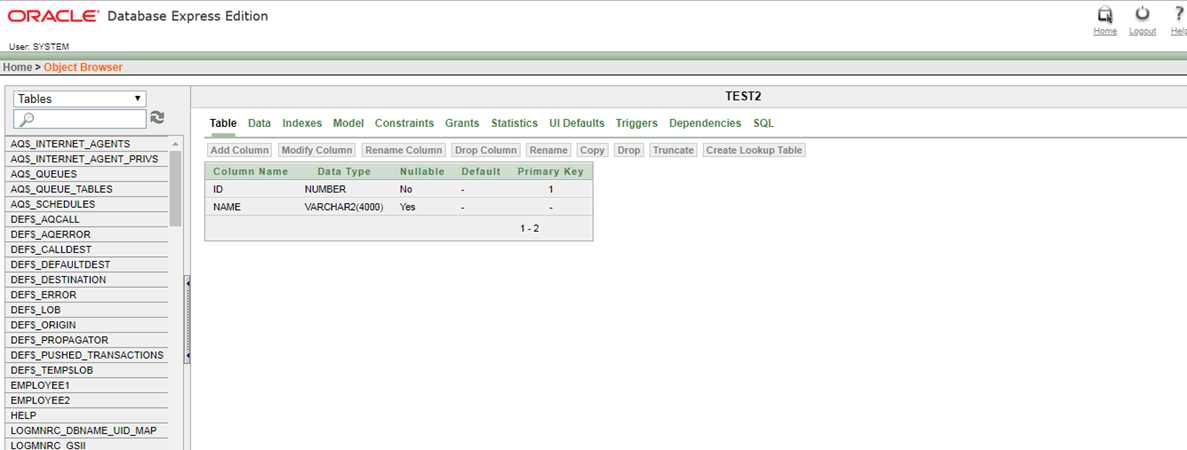
Illustrate the result of the above INSERT INTO statement by using the following snapshot.Įxample #2 – GENERATED BY DEFAULT AS IDENTITY INSERT INTO tuitions(tuition_id, tuition_name)Īs we have used GENERATED ALWAYS AS IDENTITY constraint the PostgreSQL will throw an error or exception. Now we will try to insert another record in the tuitions table by providing tuition_id and tuition_name both as follows: Illustrate the result of the tuitions table by using the following SQL statement and a snapshot. Now we will insert a row into the tuitions table by using the INSERT INTO statement as follow: Tuition_id INT GENERATED ALWAYS AS IDENTITY, Example #1 – GENERATED ALWAYS AS IDENTITYĬonsider the following example where we will create a new table by using the CREATE TABLE statement which will store the details of the tuitions. Let us discuss examples of PostgreSQL Identity Column.
Postico create primary key update#
In case of the column with GENERATED BY DEFAULT constraint if we try to insert or update a value for same then PostgreSQL uses same value and do not use any system-generated value also PostgreSQL does not throw any error or exception Examples If we have GENERATED BY DEFAULT defined means the PostgreSQL will create a new value for the PostgreSQL identity column. In case of the column with GENERATED ALWAYS constraint if we try to insert or update a value for same then PostgreSQL throws an error or exception. If we have GENERATED ALWAYS defined which means the PostgreSQL has to always create new value for the identity column. There are two types of instruction given to PostgreSQL when we use the GENERATED AS IDENTITY constraint, Let’s understand them as defined below.

How does PostgreSQL Identity column works?



 0 kommentar(er)
0 kommentar(er)
